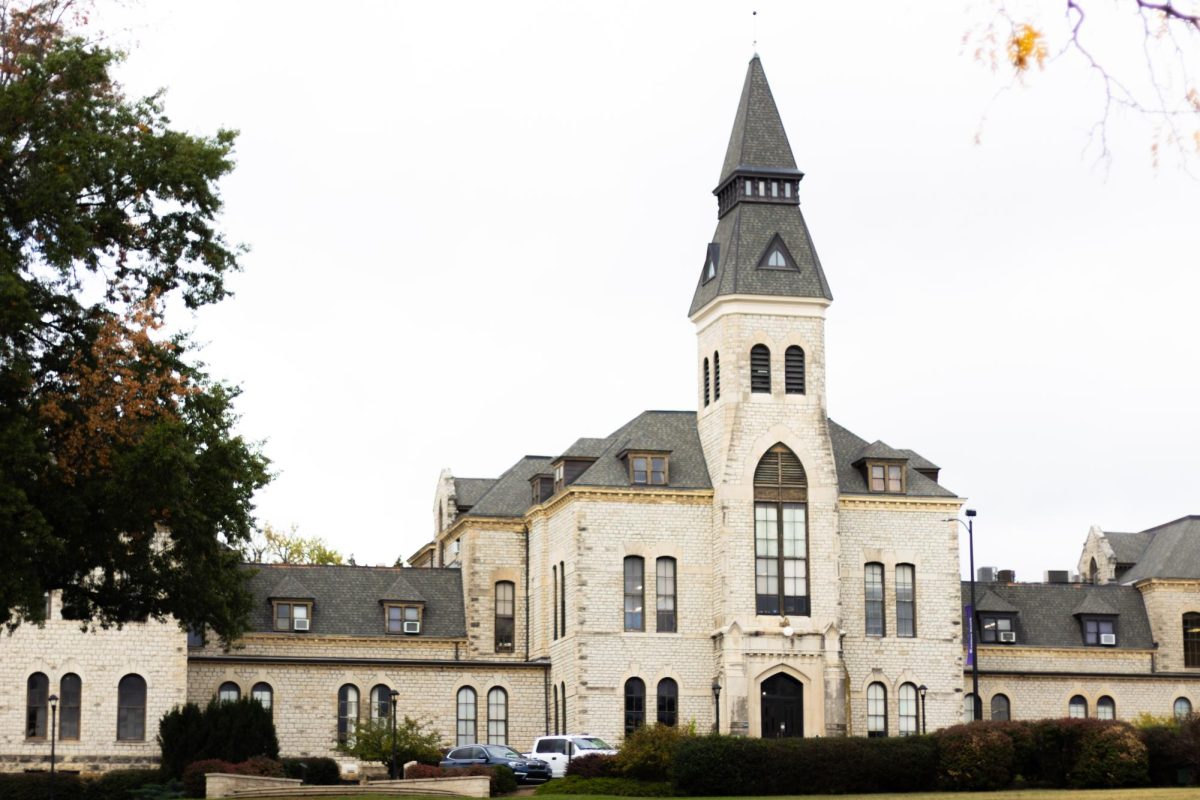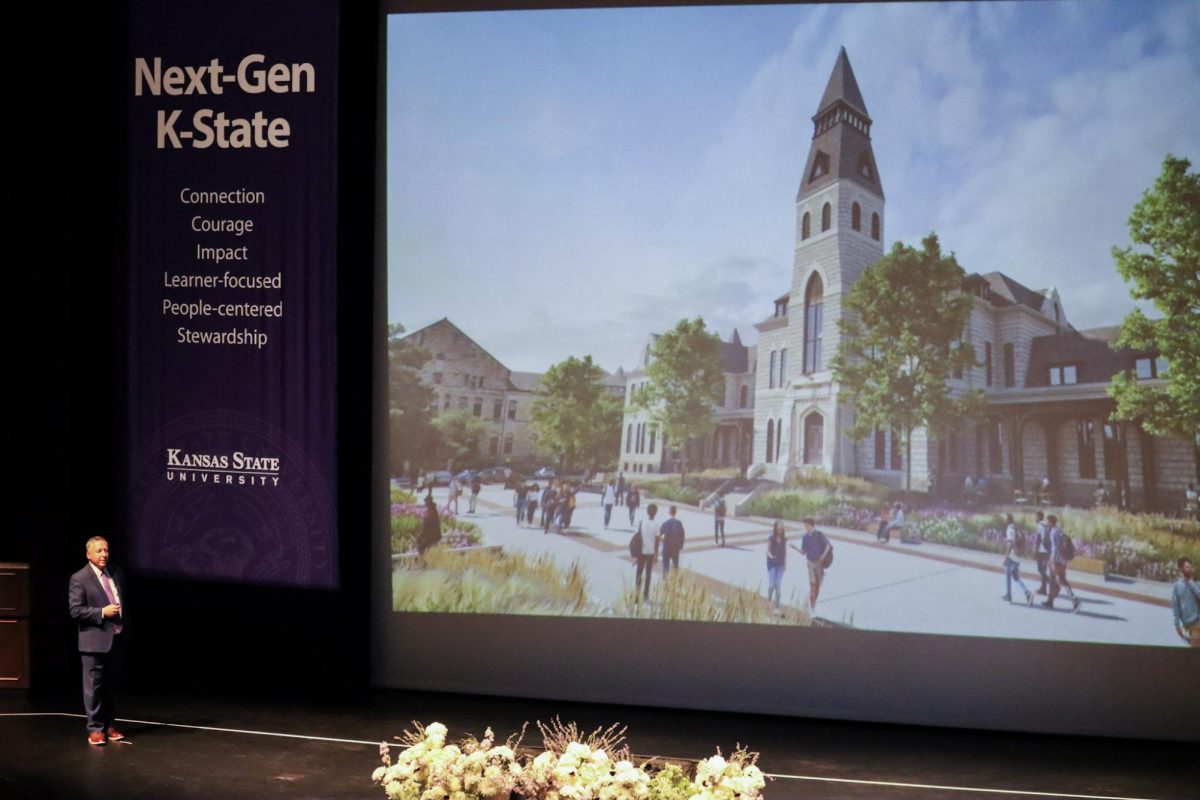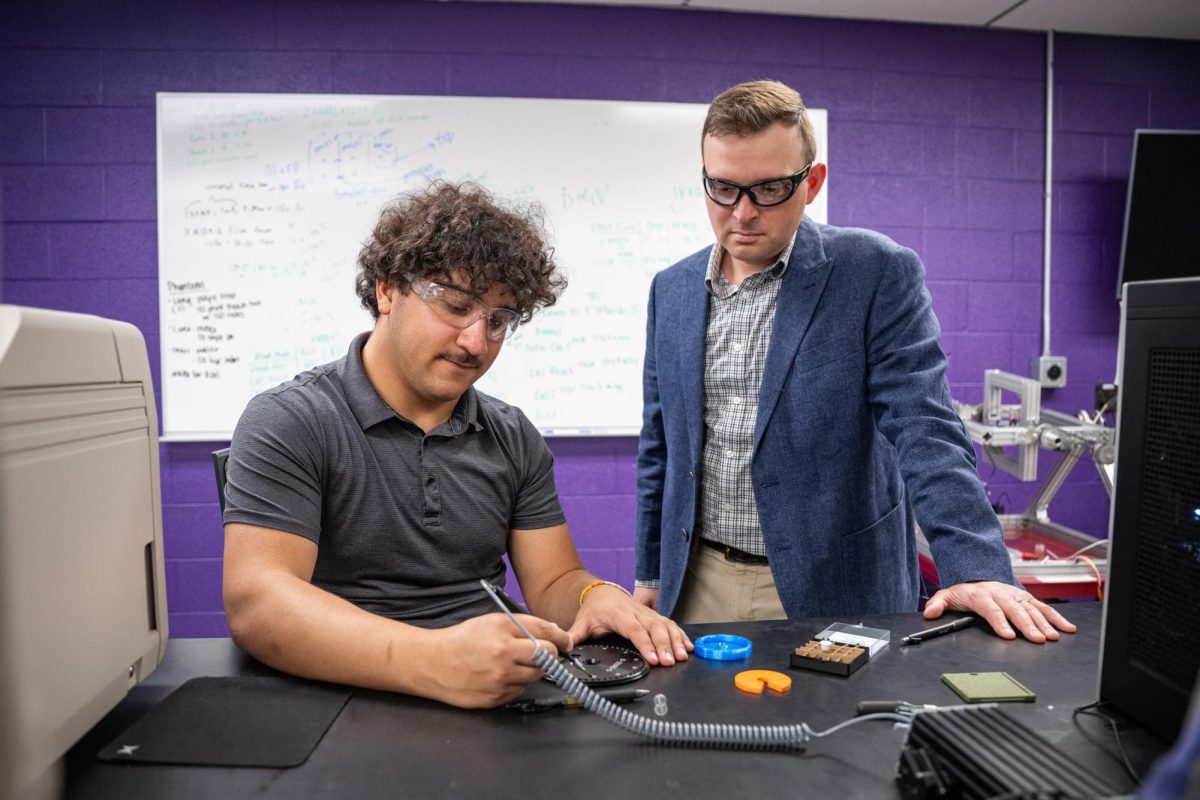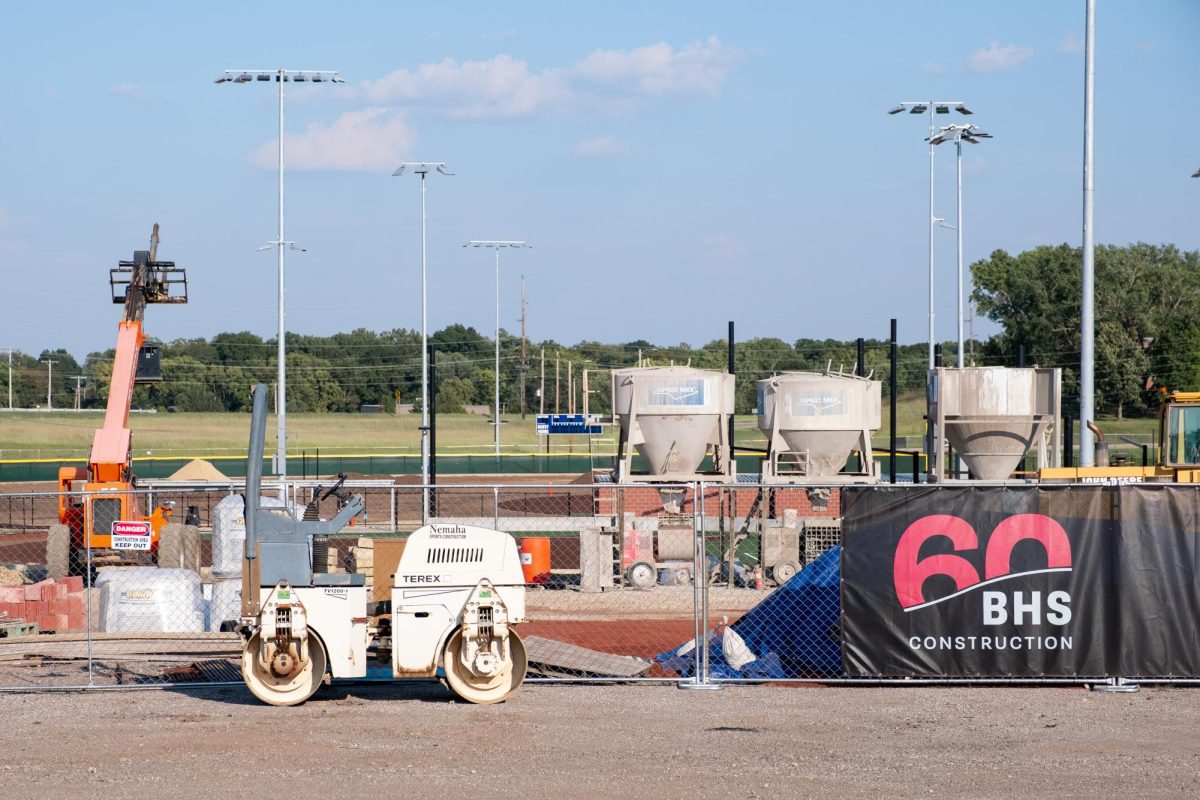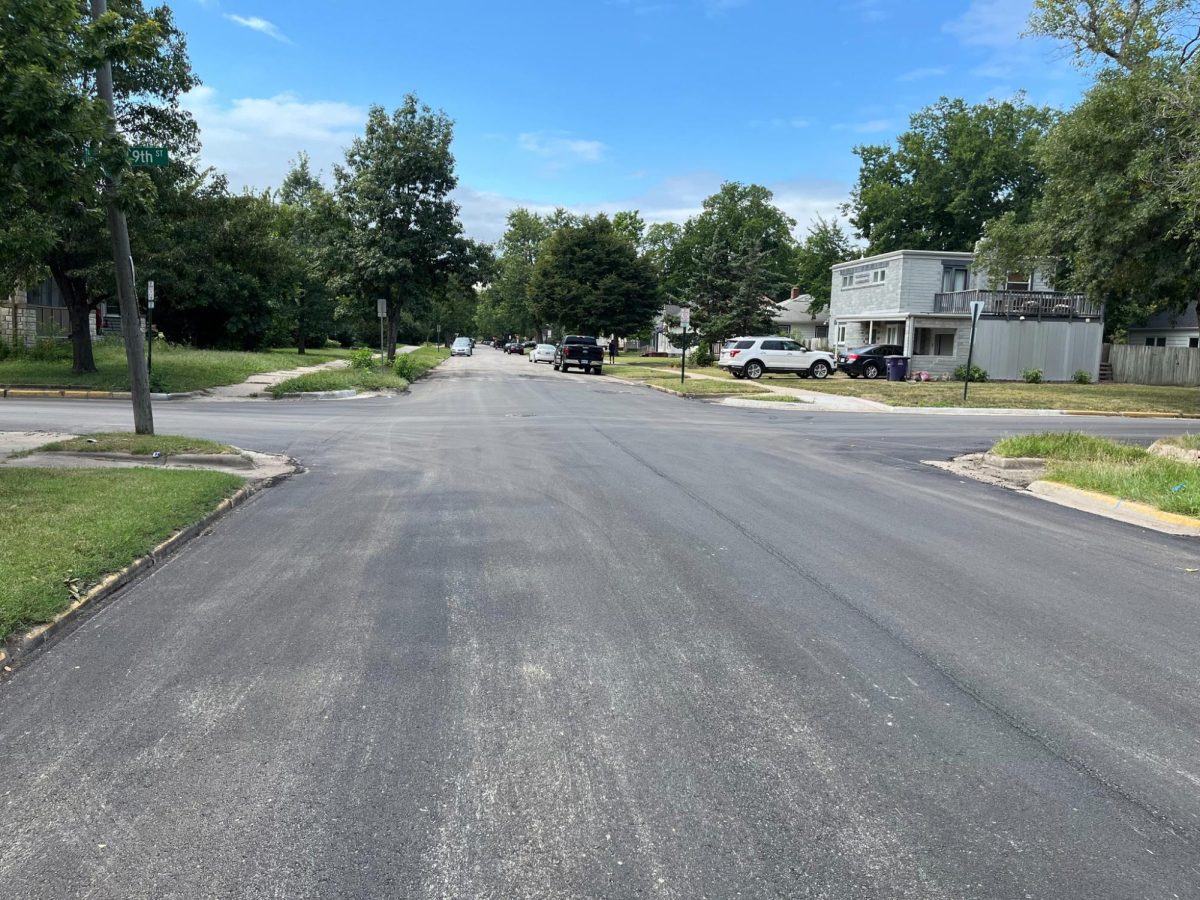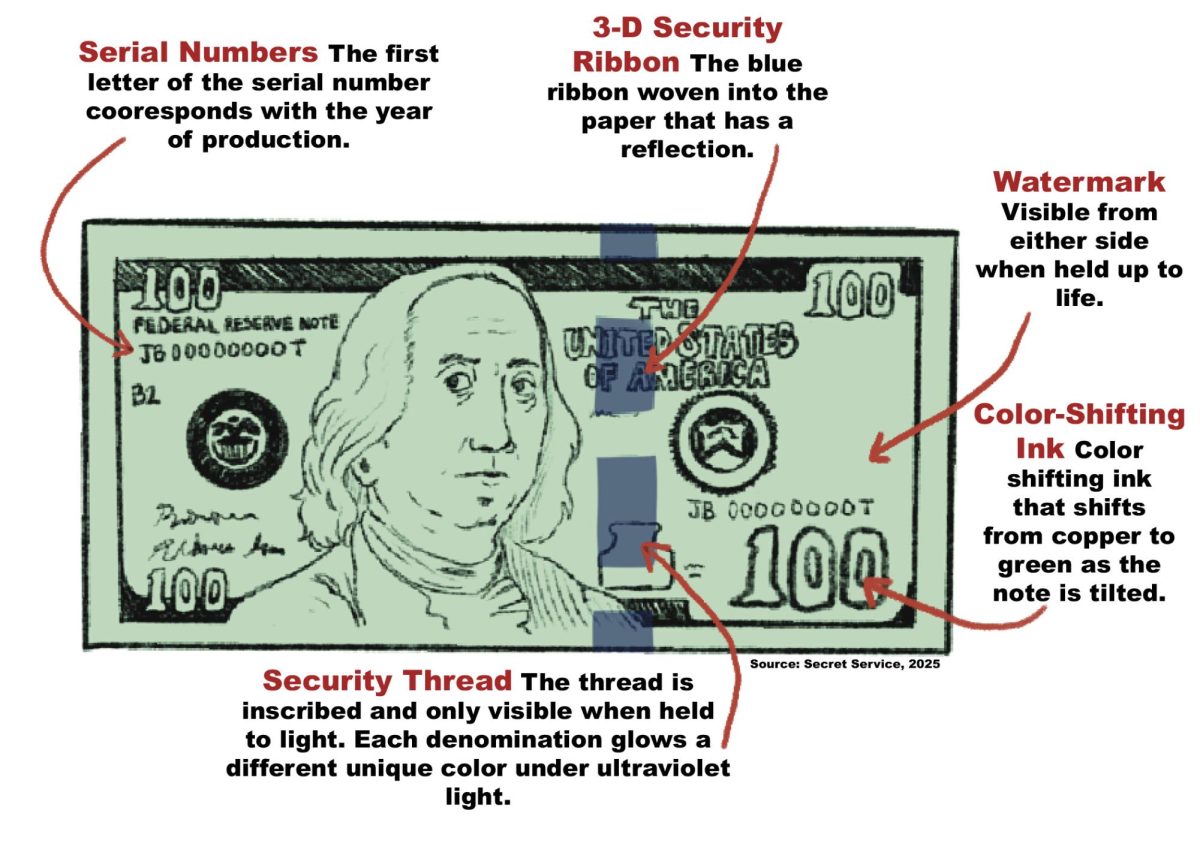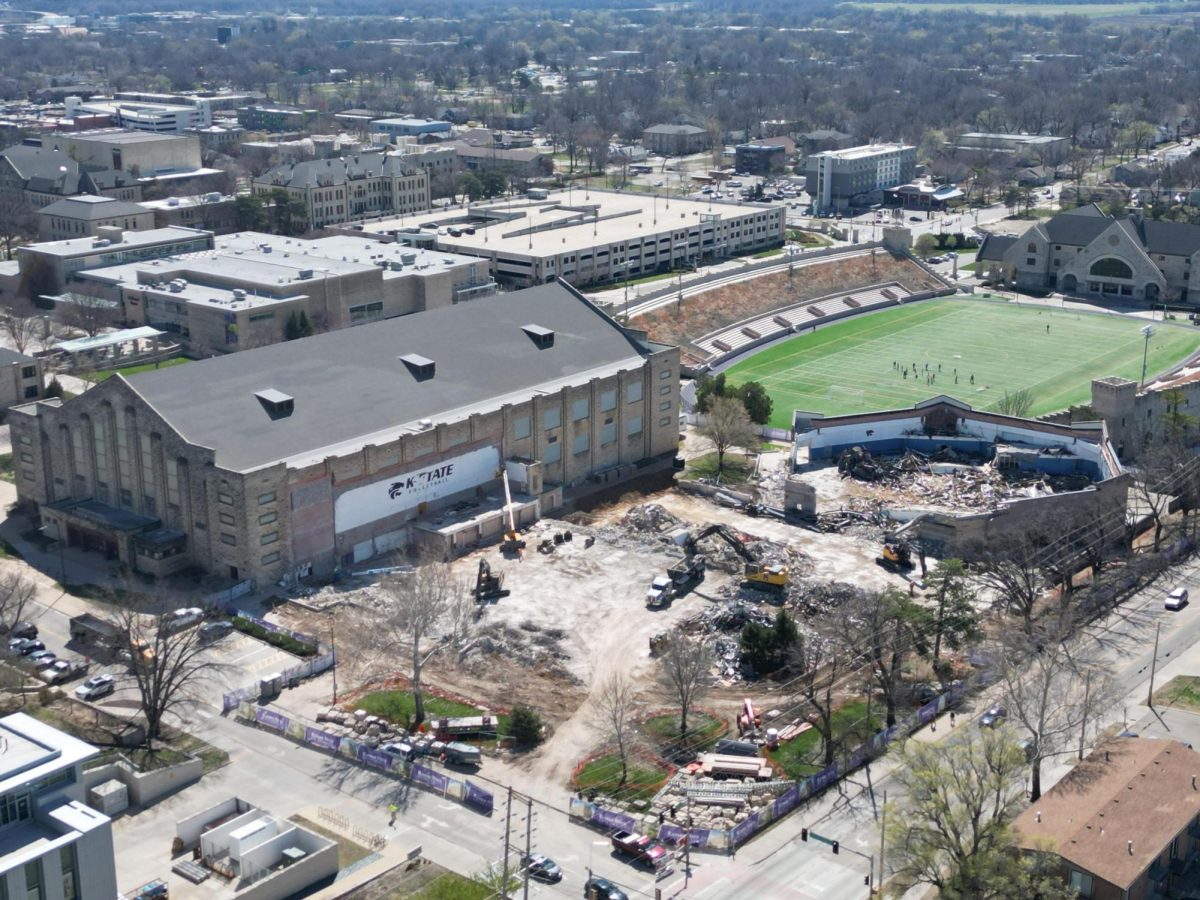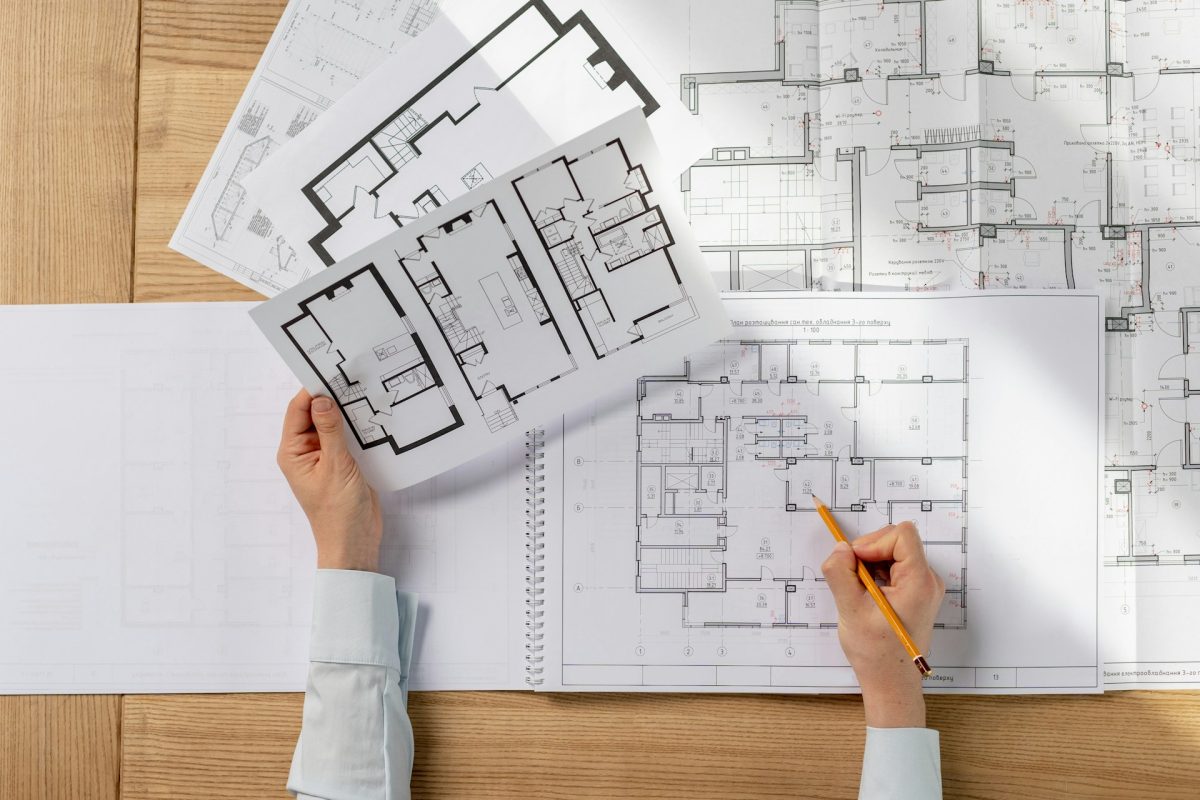The role of the architect, once envisioned as the singular “master builder,” is undergoing a profound transformation. For centuries, the practice has been defined by a blend of artistic vision and engineering prowess. Today, however, the profession stands at a new frontier, reshaped by the powerful currents of artificial intelligence, widespread automation, an urgent call for sustainability, and evolving societal needs. The future of architectural practice is not about replacing the architect but about augmenting their capabilities, shifting their focus from manual tasks to strategic oversight and collaborative innovation.
The AI-Powered Design Partner
Artificial intelligence is rapidly moving from a theoretical concept to a practical, collaborative partner in the design studio. The most significant impact is seen in the rise of generative design, a process where architects set parameters and constraintssuch as spatial requirements, material costs, energy goals, and local building codesand AI algorithms generate thousands of optimized design iterations in hours, not weeks. This frees architects from the time-consuming labor of manual drafting and allows them to explore a vastly wider range of creative possibilities, focusing their expertise on refining the most promising, human-centric solutions.
Beyond initial ideation, AI is becoming a crucial tool for analysis and simulation. AI-powered tools can predict a building’s performance before a single brick is laid, simulating everything from energy consumption and natural light exposure to structural integrity under extreme weather conditions. This data-driven approach allows for the creation of more efficient, resilient, and sustainable buildings from the outset.
This technological shift necessitates a new skill set. To harness these powerful tools effectively, professionals must understand the principles behind them. This is where targeted education, such as a specialized AI Architecture course from Elvtr, becomes essential, equipping architects with the knowledge to integrate AI into their workflows, from generative design and parametric modeling to AI-enhanced BIM processes. It’s clear that AI is not a replacement for the architect’s critical thinking and empathy, but a powerful tool that amplifies their ingenuity.
Automation and Digital Fabrication: Reshaping Construction
The influence of technology extends far beyond the design phase and is fundamentally reshaping the construction site itself. Automation in construction is streamlining processes, reducing errors, and improving safety.
Key advancements include:
- Robotics and Prefabrication: The use of robotics in off-site manufacturing is a cornerstone of modern modular construction. Components are built with high precision in controlled factory environments and then assembled on-site, leading to faster project timelines, reduced waste, and higher quality control. This approach is proving viable for everything from affordable housing to commercial high-rises.
- 3D Printing: Additive manufacturing is revolutionizing construction by enabling the rapid creation of complex building components and even entire structures. Using materials ranging from advanced concrete to recycled plastics and bio-based composites, 3D printing minimizes waste and opens up new possibilities for architectural forms that were previously impractical or impossible to build.
- Automated Construction Management: AI is also optimizing the logistics of construction. By analyzing vast datasets, AI tools can improve project scheduling, predict material demand, monitor site progress with drones, and identify potential safety risks or quality defects before they escalate.
A Deeper Focus on Sustainability and Resilience
Perhaps the most significant driver shaping the future of architecture is the global imperative for sustainability. The practice is moving beyond aesthetics to address pressing environmental and social challenges.
This shift is evident in several key trends:
- Eco-Friendly and Carbon-Neutral Design: There is a strong emphasis on using sustainable and recycled materials like cross-laminated timber (CLT), bamboo, and innovative composites like mycelium (mushroom-based material) and Ferrock. The goal is increasingly to create net-zero or carbon-neutral buildings that generate as much energy as they consume through renewable sources and passive design strategies.
- Biophilic Design: Recognizing the profound connection between humans and nature, biophilic design integrates natural elementssuch as living walls, green roofs, ample daylight, and natural materialsinto the built environment to improve occupant health and well-being.
- Adaptive Reuse: Instead of demolishing old structures, there is a growing movement toward adaptive reuserepurposing existing buildings for new functions. This approach conserves resources, reduces the carbon footprint of new construction, and preserves the cultural and historical character of communities.
- Resilient Architecture: In the face of climate change and more frequent extreme weather events, architects are designing buildings to be more resilient. This involves using flood-resistant materials, fireproof construction techniques, and structural designs that can withstand high winds and seismic activity.
The Evolving Role of the Architect
These technological and philosophical shifts are culminating in a redefinition of the architect’s role. The architect of the future is less of a solitary master builder and more of a collaborative visionary and strategic orchestrator. Their expertise must now extend beyond design and structure to encompass sustainability, technology, data analysis, and even sociology to create holistic solutions.
They are becoming urban problem-solvers, tackling complex issues like housing shortages through “Missing Middle” projects and revitalizing urban cores by transforming underutilized spaces into vibrant, mixed-use hubs. The modern architect leverages big data to inform smarter city planning and uses computational tools to create people-centric designs optimized for human health and happiness.
The future of architectural practice is one of immense opportunity and complexity. It is a future where technology empowers creativity, sustainability guides design, and collaboration drives innovation. The architect’s enduring value will lie in their ability to synthesize these diverse elements, leading teams to create built environments that are not only beautiful and functional but also intelligent, resilient, and profoundly humane.


